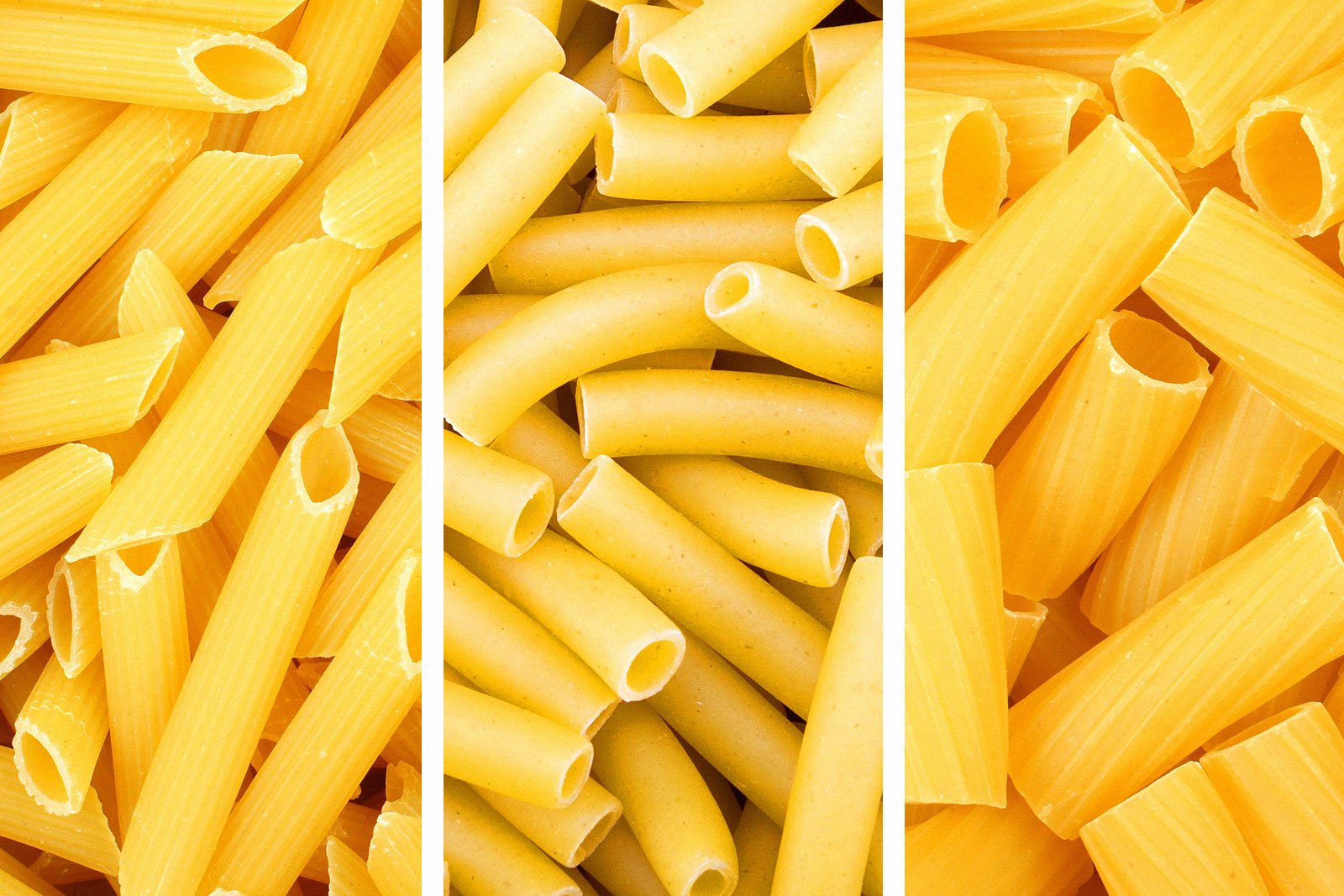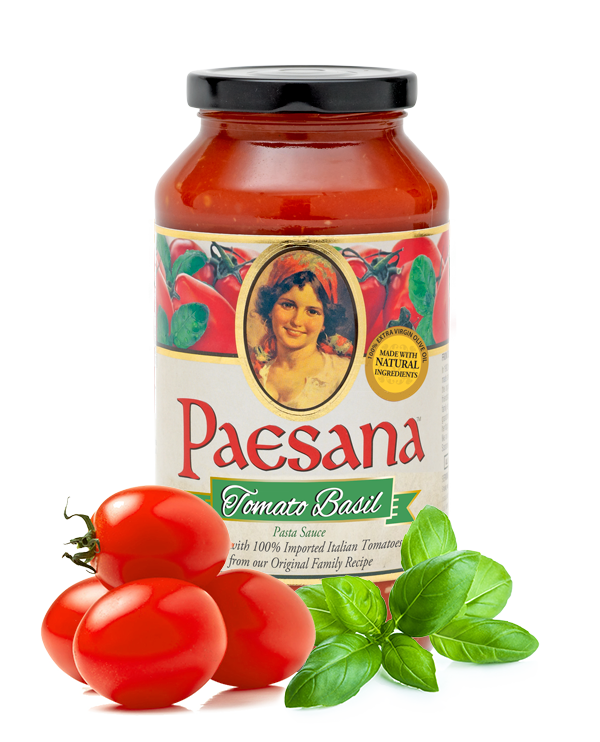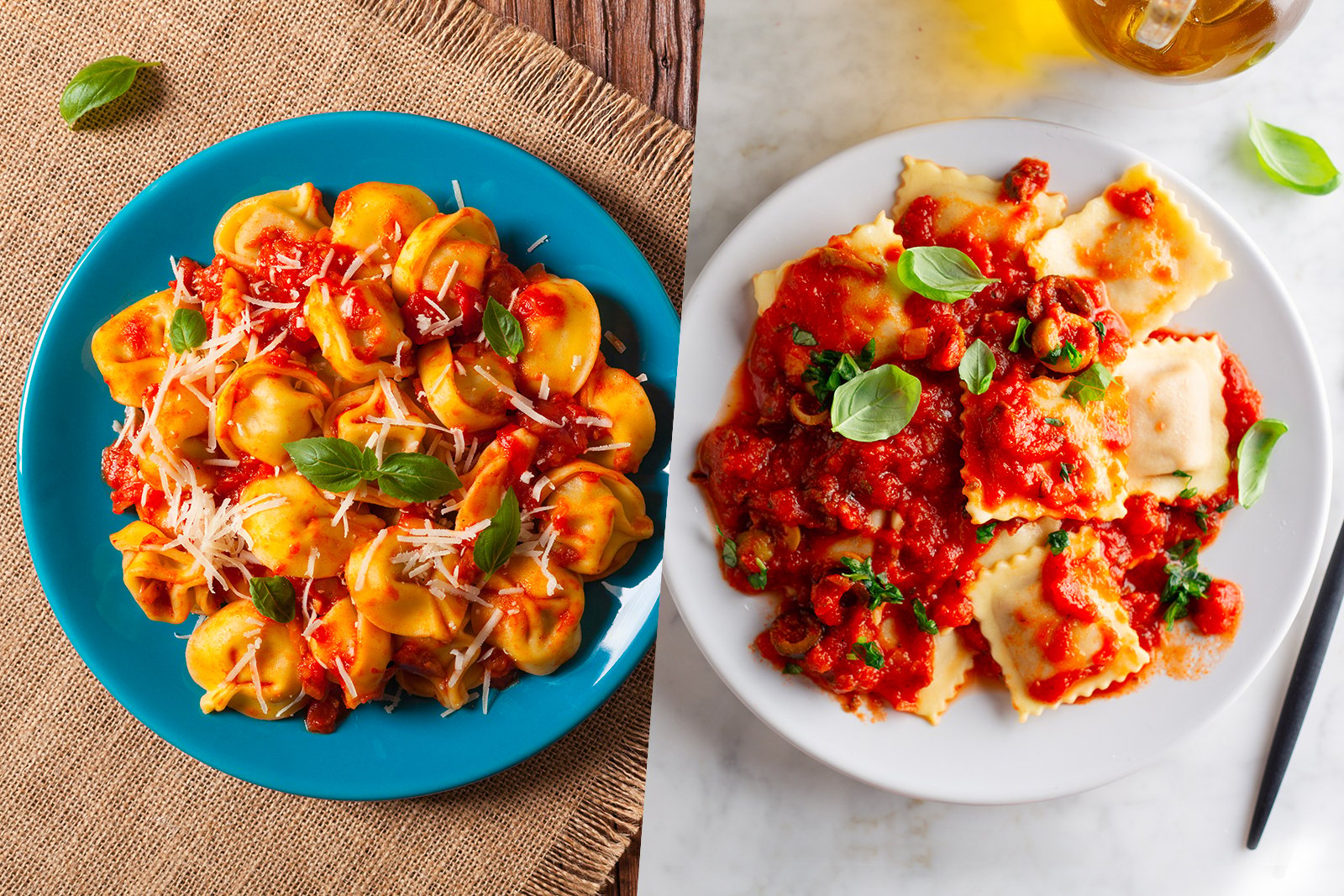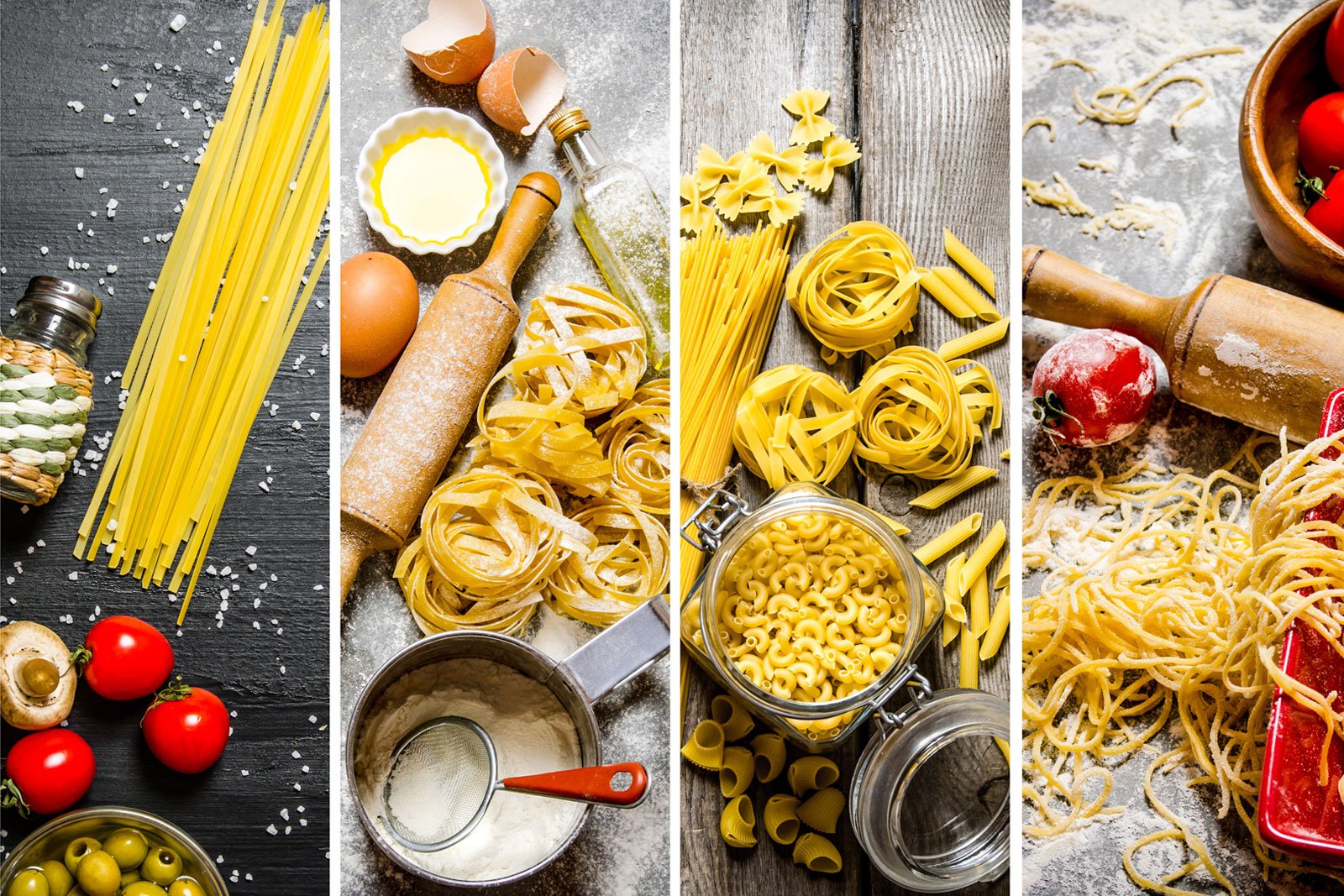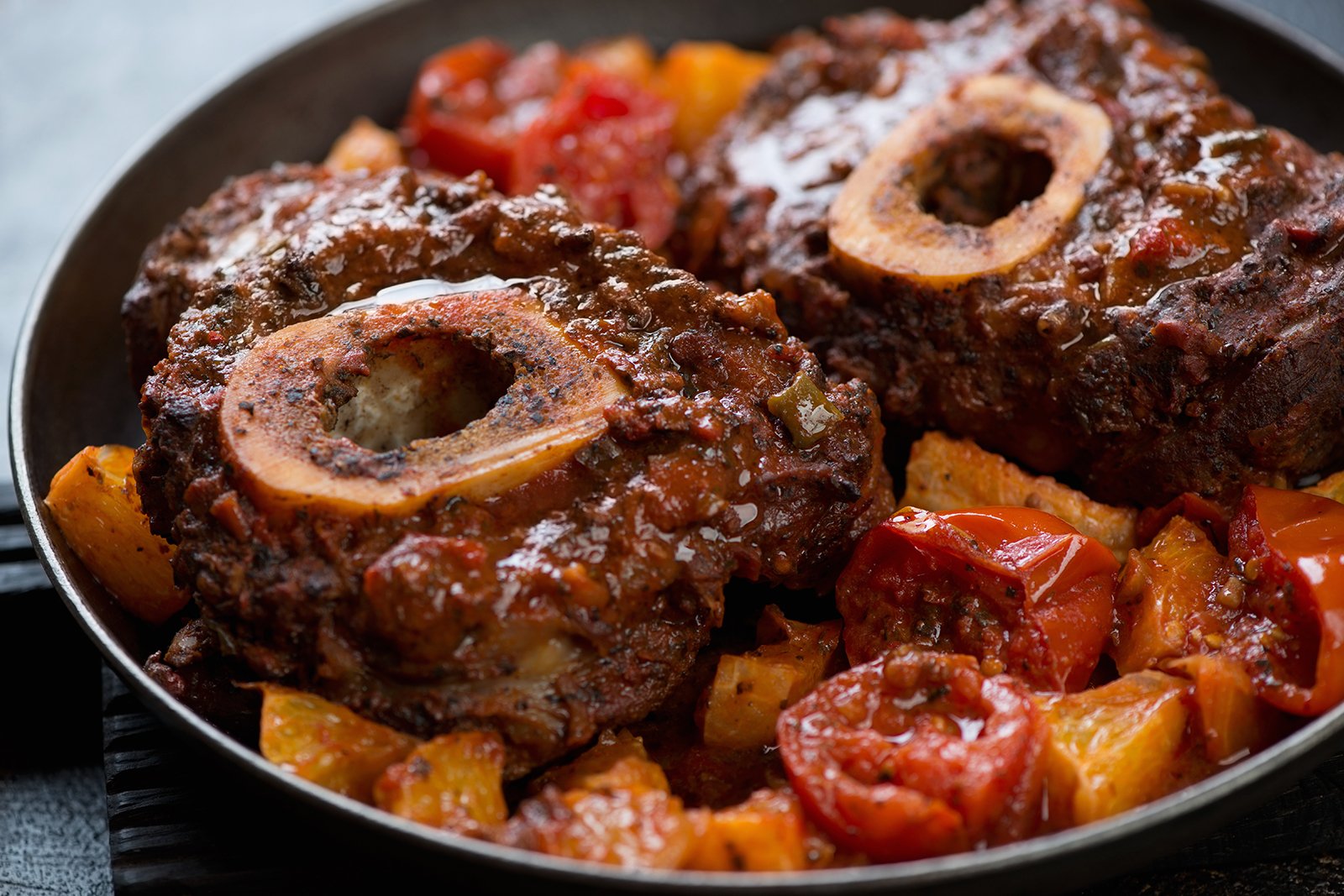The wide world of pasta shapes officially encompasses close to 400 varieties—and much more than that when you consider the variations from language to language and region to region.
Appearing as long strands, stout tubes, tiny dots, flat sheets, and incredibly intricate patterns, pasta is one of the only foods you can eat every day for years without repeating a bite. These shapes were created with a purpose, as each form takes to sauce in a unique, nuanced way. And this is precisely why knowing which pasta to serve with which sauce can enhance your enjoyment of the meal.
Many regions of Italy have created their own pasta shapes over the course of generations, depending on what kinds of local ingredients were available. There’s bigoli, the thick, noodle-like spaghetti from Veneto; trofie from Liguria, which goes perfect with pesto; strozzapreti, or “priest strangler” from Emilia-Romagna; and orecchiette, or “little ears” from Puglia.
To expand your cooking knowledge, we’d like to explain in some detail the differences between similar pastas. And the best place to start is with the basics. We’ll eventually get to the more intricate creations like radiatori, sacchetti, and garganelli—but for now, let’s start with penne, ziti, and rigatoni.
What’s Similar About Penne, Ziti, and Rigatoni?
Before we talk about what separates these pastas from one another, let’s take a look at what makes them so similar. First of all, penne, ziti, and rigatoni are all hollow, cylindrical pastas made using the extrusion process, where the dough is forced through a die into the desired shape.
More anecdotally, these three particular pastas are probably some of the most popular and beloved of the pasta shape world. Chances are you have at least one box of either penne, ziti or rigatoni in your kitchen pantry right now, and that’s mainly due to their versatility.
No matter the sauce, you can depend on one of these three pastas stepping in to complete the meal. They take wonderfully to just about any sauce, and this is thanks to their large surface areas, which are adept at capturing robust meaty sauces, and simpler ones as well. Also, the tried varieties of these shapes can sit in your kitchen cabinet for months on end and still cook to a perfect al dente.
Now let’s examine what makes each of these pastas unique.
Penne
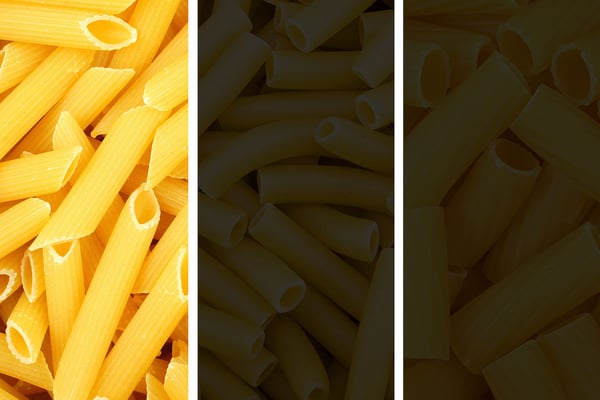
With its ends cut at an angle, penne has a particularly large surface area and plenty of room in its tubes for sauce. The shape is also what gives it the name penne, which comes from the Italian word for “quill.” There are generally two variations of penne: smooth (lisce) and ridged (rigate). Thanks to its ridges, the rigate version is a bit sturdier and tends to soak up more sauce than smooth penne. Hailing from the southern portion of Italy in the Campania region, penne is perhaps best known for penne alla vodka as it’s the perfect pasta for a smooth and creamy vodka sauce.
Ziti
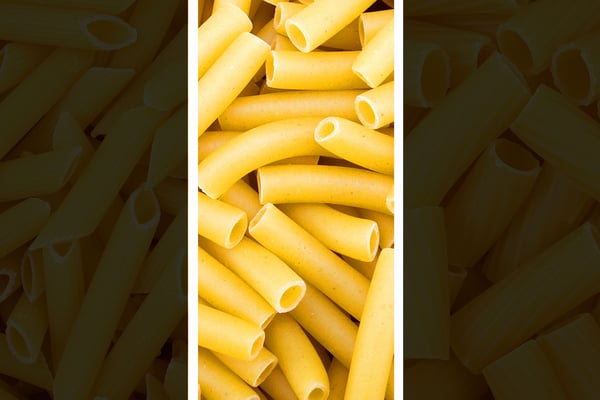
If you don’t think ziti is all that dissimilar to penne, look again. Ziti is both shorter and thicker than it’s quilled counterpart, and typically has a smooth exterior—though there are “rigate” variations on ziti. Born in Naples, ziti comes from the Italian word for “the betrothed,” and is traditionally served as the first course at a wedding. A medium-sized, tubular pasta, ziti goes best with chunky sauces and meat dishes that can get trapped in the hollow centers. It’s also well known as the go-to pasta for baked ziti, a pasta casserole dish with lots of cheese and sauce.
Rigatoni
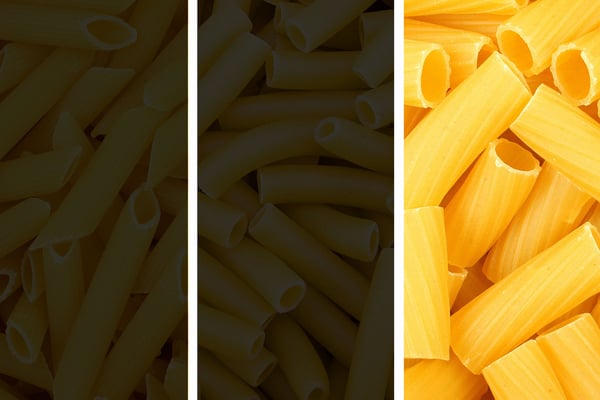
Shorter and wider than both ziti and penne, rigatoni is always ridged with square-cut ends and usually straight, but sometimes slightly curved. Rigatoni is popular in the cuisine from central and southern Italy and comes from the Italian word rigato, which translates to “ridged” or “lined.” And it’s those deep ridges and broad surface that makes rigatoni such a remarkable alternative to both penne and ziti. Sauces love to cling to rigatoni, making this particular pasta especially delicious with meat sauces, thin tomato sauces, and everything in between. The thick, hearty shape holds up well to lots of heat. While the al dente chew on a piece of rigatoni is simply luxurious.
Paesana offers a full line of private label and direct to consumer pasta sauces and other authentic Italian condiments.

